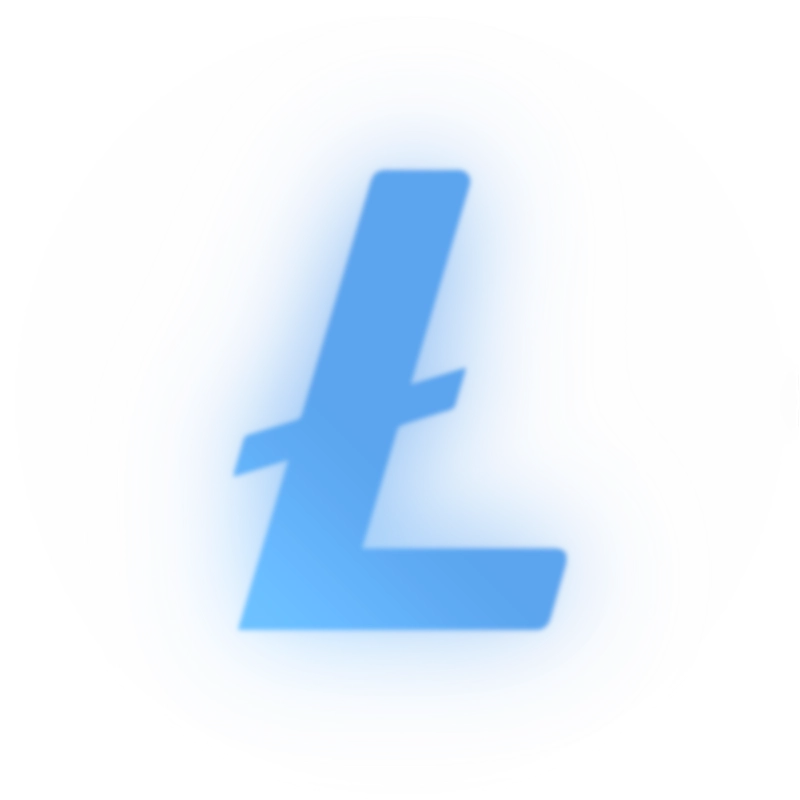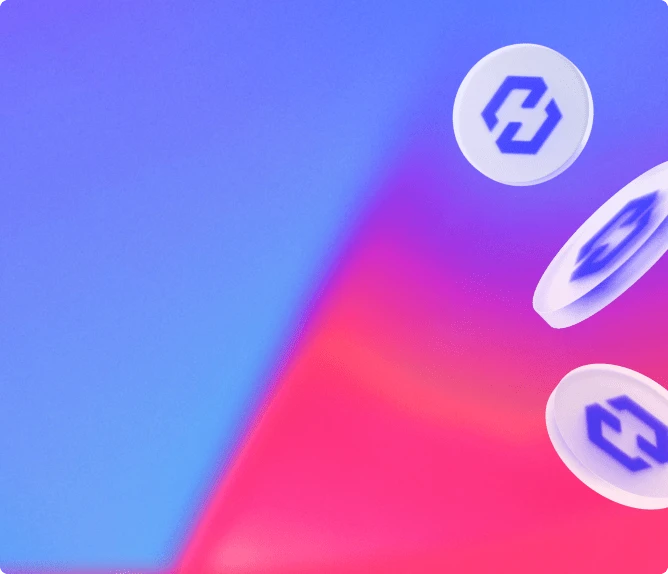Investing in crypto-assets carries risks of liquidity, volatility, and partial or total capital loss. Crypto-assets held are not covered by deposit and securities guarantee mechanisms.


Sign up for our newsletter
Partners
Coinhouse
Our accounts
Coinhouse
Coinhouse SAS with a capital of €210,000, RCS Paris 815 254 545, headquarters: 14 Avenue de l'Opéra 75001 Paris – support@coinhouse.com. Registered with the AMF for activities related to the purchase/sale of digital assets against legal tender, the exchange of digital assets for other digital assets, and the custody of digital assets for third parties under the registration number: E2020-001.
Coinhouse payment solutions
Company registered with the Paris RCS under the number 914 384 557, registered with the Prudential Control and Resolution Authority as a payment service agent under the number 727503 of the electronic money institution Treezor, headquartered at 33 Avenue de Wagram, 75017 Paris.
General conditions, disclaimers and legal documents.



Buy Litecoin safely.
The Litecoin network was launched on October 13, 2011.
At that time, only eight altcoins existed: Namecoin, Ixcoin, I0coin, Solidcoin V1 & V2, GeistGeld , Tenebrix and Fairbrix.
All except Namecoin were Bitcoin forks, i.e. projects that largely took Bitcoin’s source code and made slight changes to it.
The asset quickly ran into the same problem as Bitcoin when it came to fulfilling its function as a digital currency, namely its high volatility: significant price variations both upwards and downwards.
But thanks to its image as “Bitcoin’s little brother” and Charlie Lee ‘s influence on social networks, Litecoin has been able to unite a community that believes in its potential and long-term price appreciation.
Prior to 2014, the vast majority of altcoins had one goal: to replicate Bitcoin’s success by attempting, for example, to alter the average time taken to validate a new block or simply transaction fees.
In reality, 99% of these projects failed to outperform Bitcoin and have since disappeared. At best, they only triggered competition among miners—individuals using their computer’s processing power to operate and secure blockchains. However, Litecoin is an exception.
Litecoin operates as a decentralized cryptocurrency built on blockchain technology, similar to Bitcoin but with enhancements for faster and more cost-effective transactions.
Using a Proof-of-Work (PoW) consensus algorithm called Scrypt, it enables miners to validate transactions and secure the network by solving cryptographic problems, with a block time of 2.5 minutes—four times faster than Bitcoin.
Every transaction is recorded on a distributed public ledger (the blockchain), ensuring transparency and integrity without the need for a central authority. The total supply of Litecoin is capped at 84 million coins, making it deflationary.
Miner rewards are halved approximately every four years in a process known as “halving,” which helps control inflation and maintain the currency’s scarcity. With its speed and low fees, Litecoin is widely used for payments and money transfers worldwide.
Litecoins (LTC) serve several key purposes within the cryptocurrency ecosystem:
The tokenomics of Litecoin are designed to replicate the scarcity and value characteristics of digital gold, similar to Bitcoin, with a few key distinctions:
In 2024, Litecoin focuses on enhancing scalability and security to solidify its position as a fast and cost-effective payment solution.
Key projects include the ongoing integration of MimbleWimble technology through the MimbleWimble Extension Block (MWEB), aimed at improving transaction privacy. Additionally, Litecoin seeks to increase adoption through strategic partnerships with payment platforms and financial sector companies.
The Litecoin community is also working on protocol updates to optimize transaction speed and reduce fees, while exploring opportunities in the decentralized finance (DeFi) space.
Deposit Funds: Once your account is verified, deposit euros via bank transfer or by using your credit/debit card. Coinhouse also offers options for payments in existing cryptocurrencies, such as USDC, if you already hold them.
Buy Litecoin: Access the trading platform and select Litecoin (LTC) from the available cryptocurrencies. Choose the amount you wish to buy and review the displayed transaction fees. Confirm your purchase to complete the transaction.
Store Your Litecoins: After purchase, you can either keep your Litecoins in your Coinhouse wallet or transfer them to a personal wallet for additional control and security.
Track Your Investments: Use the Coinhouse dashboard to monitor your Litecoin investment performance and adjust your strategy based on your financial goals.
Litecoin is one of the oldest cryptocurrencies, firmly established in the world of digital assets.
Although it was less in the spotlight in 2021, the fact that it survived the 2018 crash and regained its all-time highs suggests that it will remain a part of the industry for the long term. If its founder, Charlie Lee, succeeds with recent projects, particularly his focus on token fungibility, Litecoin could maintain its relevance.
However, being very similar to Bitcoin in functionality, the project constantly needs to innovate to survive in an increasingly competitive ecosystem. The projects emerging in 2024 offer more advanced features and benefits to token holders, surpassing what Litecoin currently provides.
Struggling to innovate, Litecoin’s future seems overshadowed by the rise of “smart contract” blockchains. Its price may largely be driven by speculation alone, making it less of a recommended choice for a core portfolio holding.
Share the article


Download app